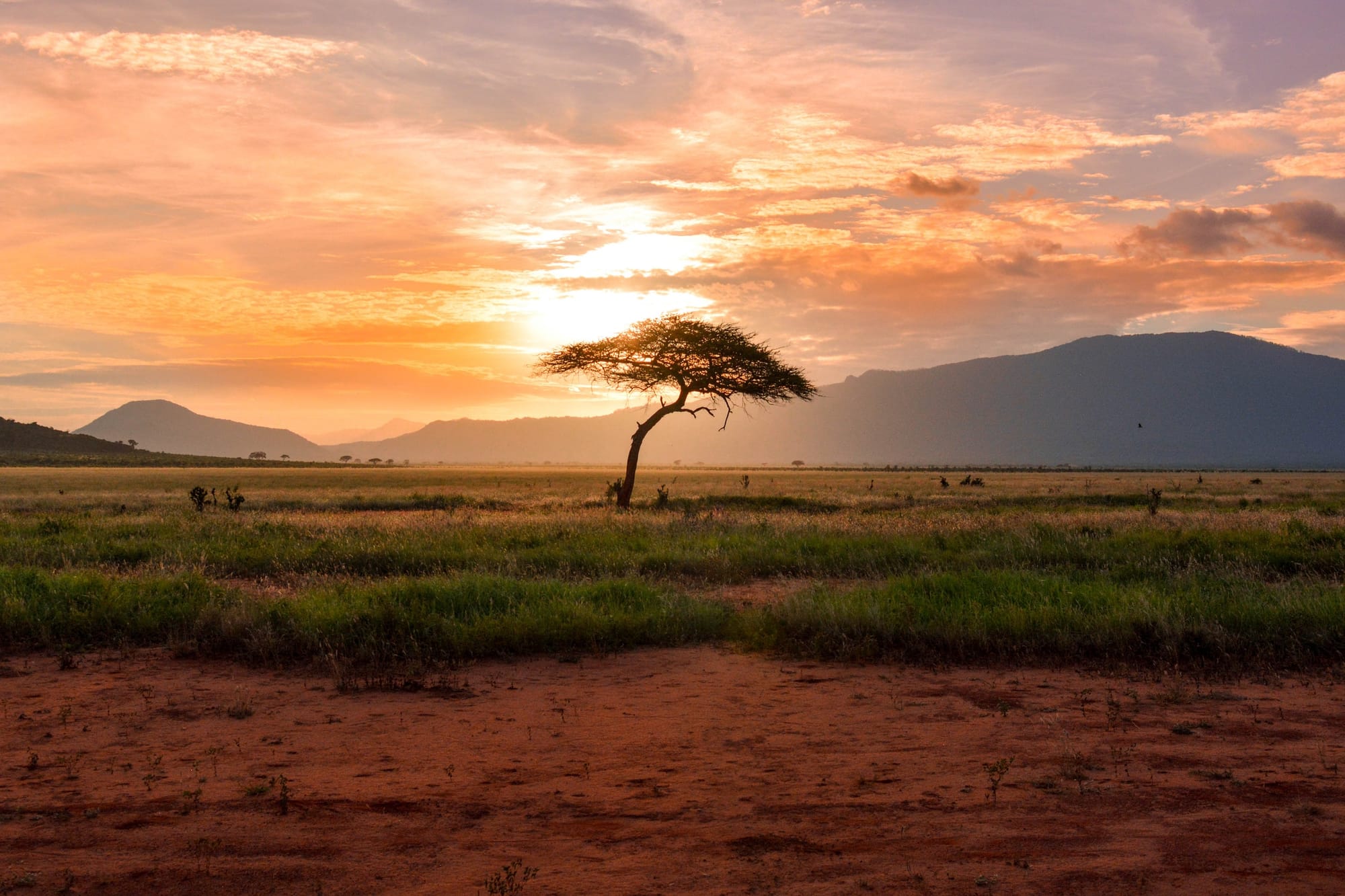
Kenya's climate: A diverse tapestry of altitudes and equatorial influences
Kenya, situated near the equator in East Africa, boasts a climate as varied and diverse as its landscapes. From the coastal lowlands to the towering peaks of Mount Kenya, the country experiences a range of climatic conditions influenced by altitude, topography, and proximity to the Indian Ocean.
Coastal lowlands: Tropical paradise
The coastal regions, including cities like Mombasa, bask in a tropical climate. Characterized by high temperatures and humidity, this area experiences two distinct rainy seasons – the long rains from April to June and the short rains from October to December. The Indian Ocean's proximity brings a moderating effect on temperatures, offering a pleasant escape for beach enthusiasts.
Central highlands: Temperate retreat
The central highlands, home to Nairobi and Mount Kenya, enjoy a more temperate climate due to the higher altitude. Nairobi, the capital, experiences milder temperatures compared to the coastal areas. The long rains occur from March to May, while the short rains fall between October and December. The central highlands are a haven for agriculture, with fertile soils supporting crops like tea and coffee.
Rift valley: Varied landscapes, varied climates
The Great Rift Valley, a defining geological feature of Kenya, encompasses diverse climates within its expansive landscapes. Towns like Nakuru and Naivasha experience a mix of temperatures, with variations based on altitude and proximity to the valley floor. The Rift Valley is known for its stunning lakes and unique ecosystems.
Northern and Eastern Kenya: Arid realms
Northern and eastern regions, including areas like Turkana and Garissa, are characterized by arid and semi-arid climates. These areas experience hot and dry conditions, with minimal rainfall. Nomadic pastoralism has historically been a way of life in these regions, adapted to the challenges posed by the arid environment.
Seasonal variation and wildlife
Kenya's climate plays a crucial role in the annual migration of wildebeest and zebras in the Maasai Mara, a spectacle renowned worldwide. The changing seasons influence the availability of water and grazing lands, driving this natural phenomenon.
In summary, Kenya's climate is a testament to the country's geographical diversity. From the lush greenery of the central highlands to the arid expanses of the north, Kenya offers a kaleidoscope of climates that contribute to the nation's rich ecological and agricultural tapestry.